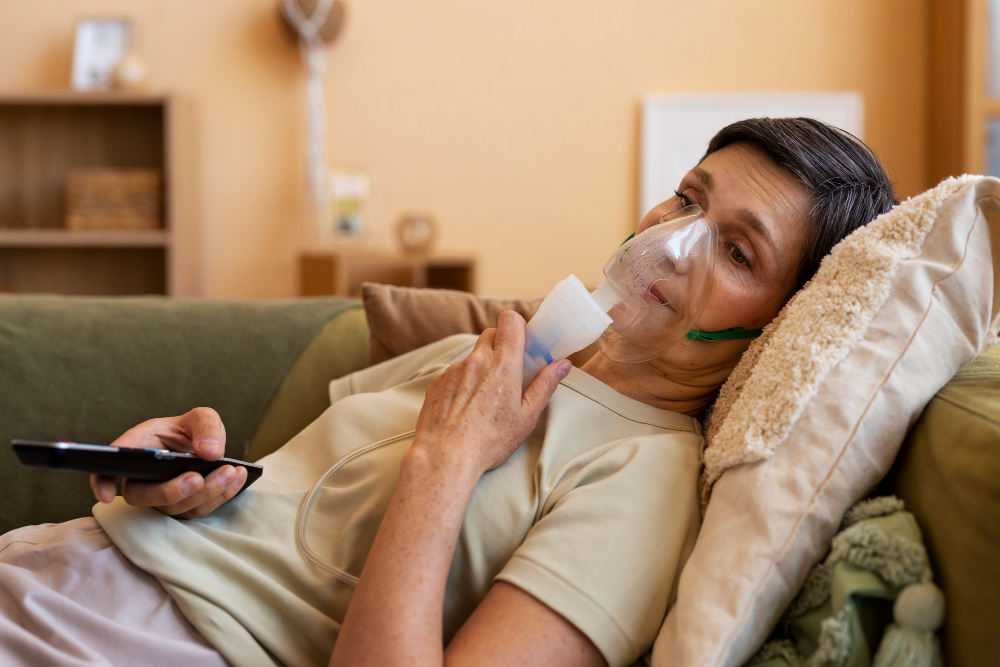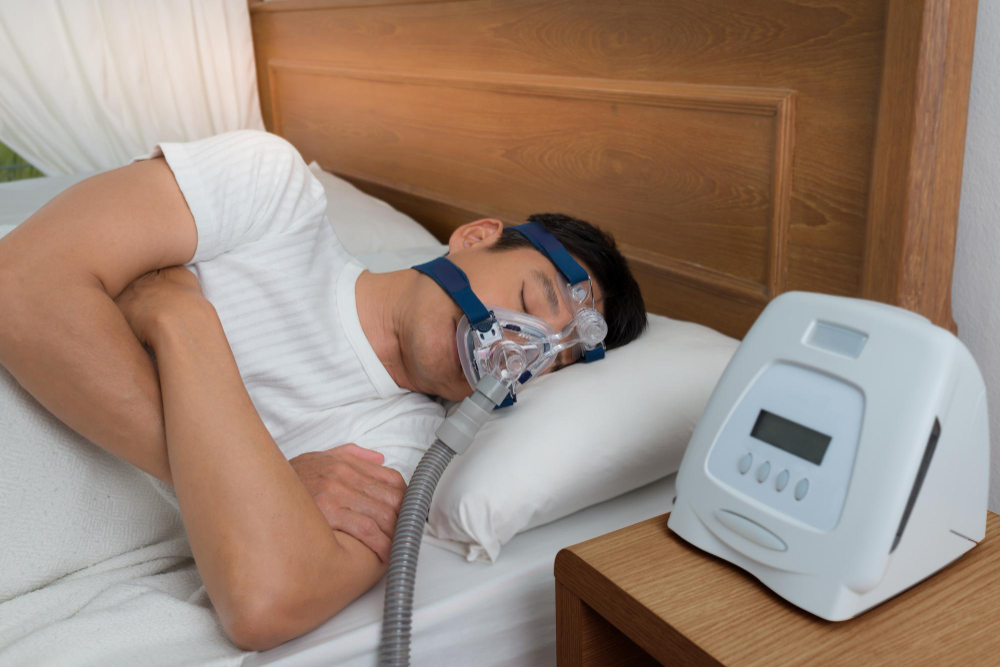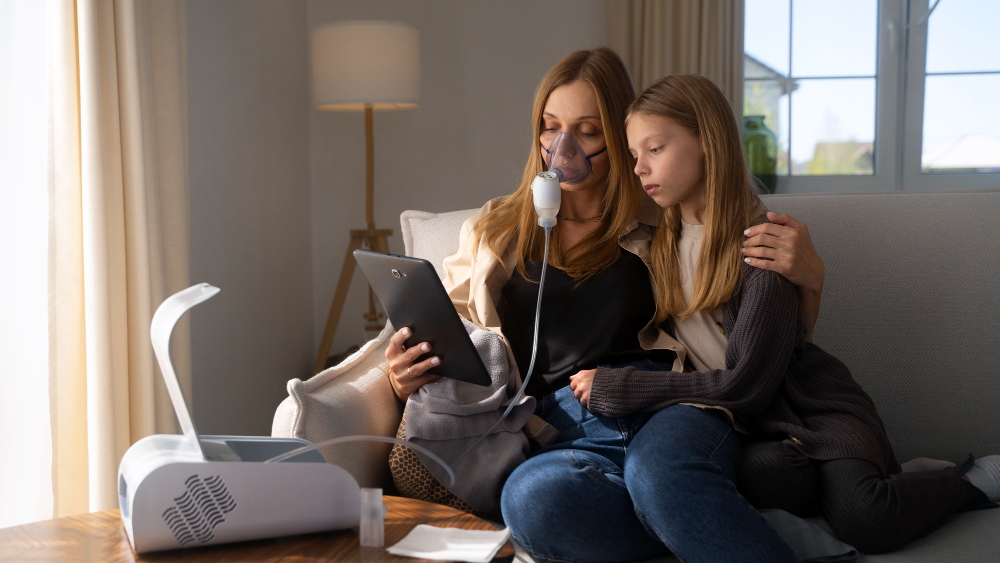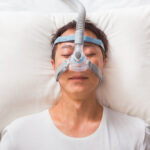Sleep apnea is a serious disorder that affects millions worldwide, leading to interrupted breathing during sleep and poor oxygen flow throughout the body. Left untreated, it can result in fatigue, heart disease, diabetes, stroke, and decreased quality of life. Fortunately, several effective treatment options are available—ranging from CPAP therapy to various lifestyle and medical alternatives.
In this article, we’ll explore CPAP therapy, the gold standard for sleep apnea treatment, as well as other alternatives that may be better suited to individual needs and preferences.
What Is CPAP Therapy?
CPAP (Continuous Positive Airway Pressure) therapy is the most widely prescribed and effective treatment for obstructive sleep apnea (OSA). It involves wearing a mask over the nose or mouth during sleep, connected to a machine that delivers a constant stream of air. This air pressure keeps the upper airway open, preventing pauses in breathing.
Benefits of CPAP:
- Restores normal breathing and oxygen flow
- Improves sleep quality and reduces daytime fatigue
- Lowers risk of heart disease, high blood pressure, and stroke
- Reduces or eliminates loud snoring
Common Challenges:
- Discomfort wearing the mask
- Dry mouth or nasal congestion
- Skin irritation
- Noise from the machine
Modern CPAP machines are quieter, more compact, and offer customizable features—but they still may not be ideal for everyone.
Alternatives to CPAP Therapy
1. Oral Appliances (Mouthguards)
Custom-fitted by a dentist, these devices hold the jaw forward to keep the airway open. Best for mild to moderate OSA.
Pros:
- Less bulky and more portable than CPAP
- Easier for some users to tolerate
Cons:
- Less effective for severe sleep apnea
- Can cause jaw or dental discomfort
2. BiPAP and APAP Machines
- BiPAP (Bilevel Positive Airway Pressure): Delivers two levels of pressure (inhale and exhale), often used for patients with CSA (Central Sleep Apnea) or those who find CPAP difficult.
- APAP (Auto-Adjusting Positive Airway Pressure): Automatically adjusts pressure levels based on real-time breathing patterns.
These machines offer a more tailored experience than standard CPAP.
3. Lifestyle Changes
Many people with mild sleep apnea see improvement by addressing contributing factors.
Key changes include:
Quitting smoking: Decreases airway inflammation.
Weight loss: Reduces fat buildup around the neck and airway.
Avoiding alcohol and sedatives: These relax the airway muscles.
Sleep position changes: Sleeping on your side can reduce airway obstruction.



4. Surgical Options
Surgery is typically considered when other treatments fail or anatomical issues are present.
Common procedures include:
- UPPP (Uvulopalatopharyngoplasty): Removes tissue from the throat.
- Tonsillectomy or adenoid removal: Especially effective in children.
- Nasal surgery: To improve airflow through the nose.
- Inspire Therapy (implantable device): A small device implanted to stimulate airway muscles during sleep.
5. Positional Therapy
Used for people with positional sleep apnea, where breathing disruptions occur mostly while lying on the back.
Devices or wearable monitors gently encourage side-sleeping.
6. Oxygen Therapy & Medications
In some CSA cases or when other treatments aren’t enough, supplemental oxygen or medications like acetazolamide may be recommended to improve breathing patterns.
Choosing the Right Treatment
There is no one-size-fits-all solution. The best treatment for sleep apnea depends on:
- The type (OSA vs. CSA)
- Severity of the condition
- Personal comfort and lifestyle
- Other health issues
A sleep specialist will typically conduct a sleep study (polysomnography) and may try CPAP first before exploring alternatives.
Final Thoughts
Sleep apnea can be life-altering, but treatment can dramatically improve your sleep, energy levels, heart health, and overall well-being. Whether you start with CPAP therapy or explore alternatives like oral appliances, surgery, or lifestyle changes, the most important step is not ignoring the condition.
Work closely with a sleep specialist to find the right solution—and take back control of your sleep and your health.









